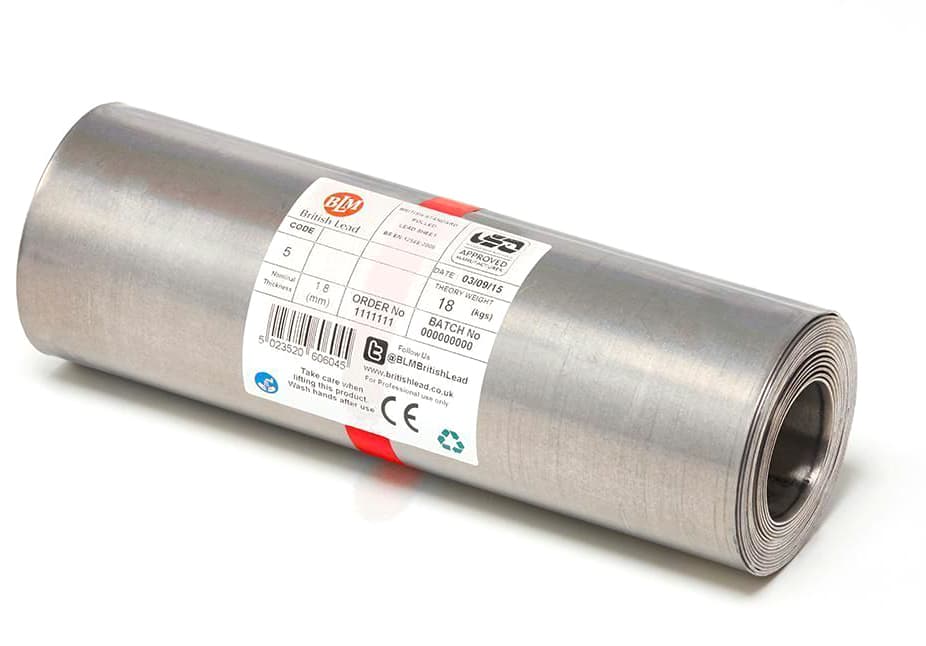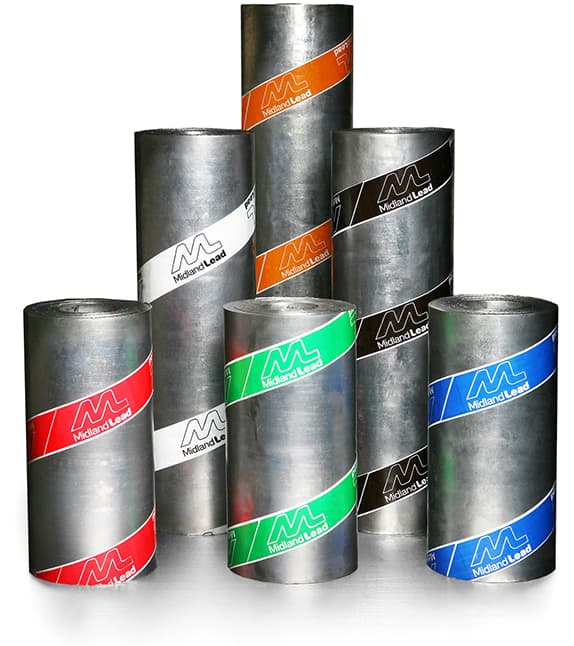When the correct code is used you're helping to guarantee the lifespan of your lead sheeting. In most cases, when the correct lead code is used for your project and installed to a high standard, it will outlive the building itself. Conversely, when thinner lead codes are used incorrectly it will wear out much faster.
Remember: The smaller and simpler the project area, the thinner the lead you can use. The larger the project area and the more beating and shaping you need to do, the thicker the lead.
Although lead has an incredible array of benefits in construction, the central challenges roofers face are environmental changes, and subsequently, fluctuations in temperature. All metals are subject to expanding when exposed to heat and contracting in cooler conditions (especially lead due to its low melting point), which means these changes can take place even in the mild climates of the UK.
If you're wondering what lead thickness you need for your next project, it entirely depends on what you're using it for. On smaller projects, the effects of temperature-induced expansion and contraction will be inconsequential. But when larger quantities of the wrong code are used, this warping will stress the lead to the point that it may split and let in rain, compromising the weatherproof integrity of the building.
Important: Before you begin any project, make sure the rolled lead sheet you're using is made in accordance with British Standard BS EN 12588. This quality standard was put together to ensure that lead sheeting is produced to precise and consistent thickness tolerances and exact chemical composition. When you choose our quality assured products from Roof Giant, you know you're buying sheeting that conforms to a quality that is no less than 99.81% pure lead with a range of standard thicknesses with a tolerance of +/- 5%. Therefore, this guarantees the greatest lifespan lead sheeting, when installed correctly.

